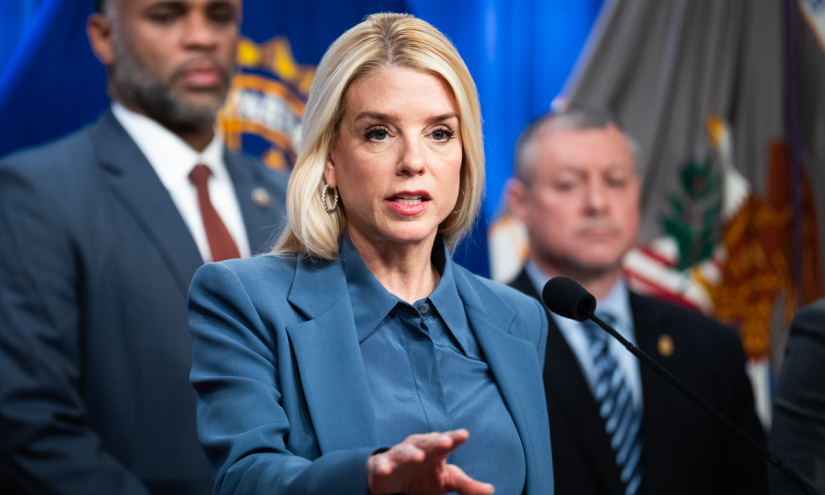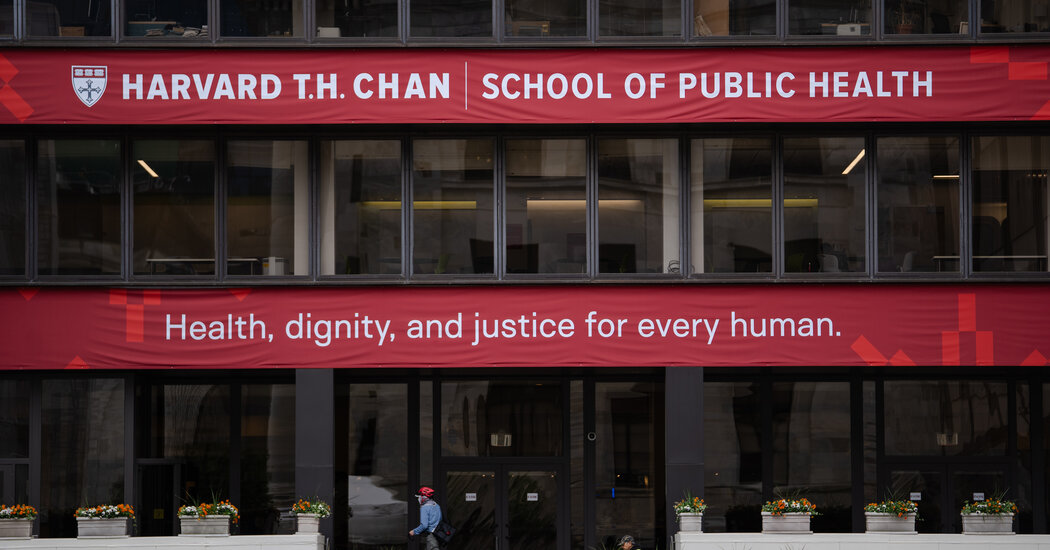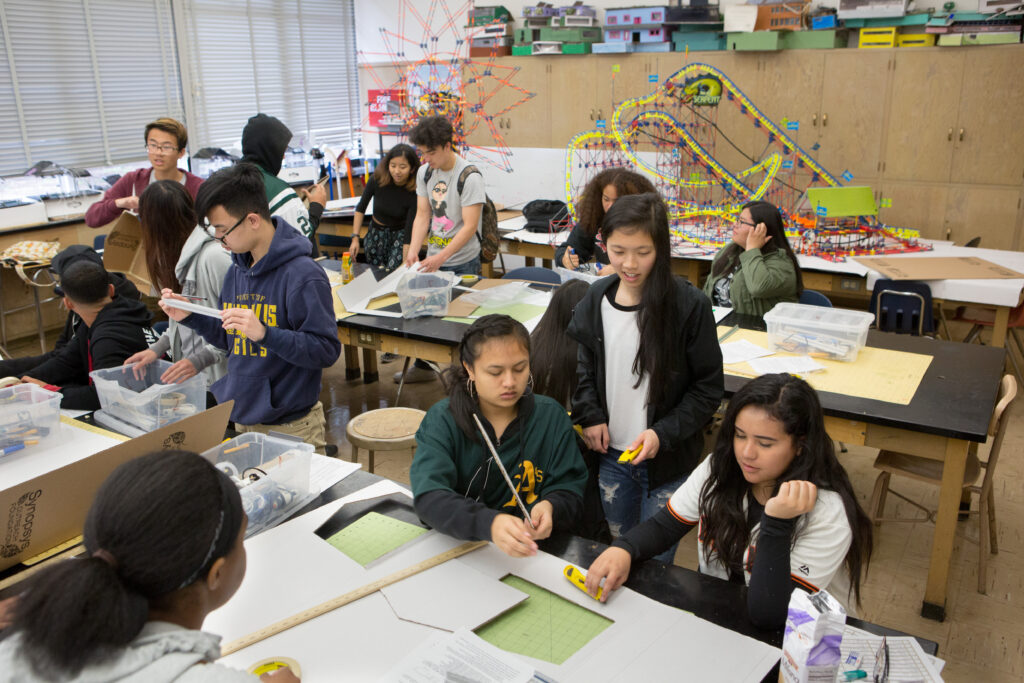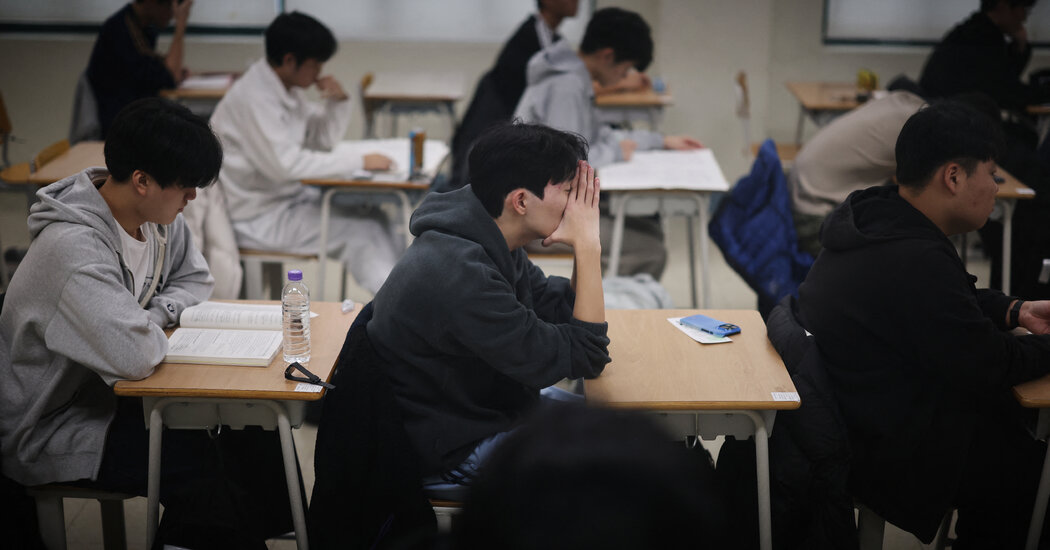The expansion of Indiana’s Choice Scholarship program, which provides vouchers to families to attend private schools, has seen significant growth in recent years. However, the effectiveness of this program in rural areas is facing challenges due to a notable shortage of private schools that accept vouchers. This situation raises questions about educational equity and access for students living in less populated regions.
The Christian Academy of Indiana, located near the Kentucky border, serves as a case study for this issue. Families from 56 different ZIP codes, some traveling over 30 miles, enroll their children in this institution, which is part of a network of three schools across Indiana and Kentucky. Lorrie Baechtel, the director of admissions, notes that the school’s rapid enrollment growth—from approximately 700 students in the 2021-22 school year to over 1,200 in 2024-25—has been fueled by the increased accessibility of the Choice Scholarship program.
The Choice Scholarship program has been under scrutiny as it prepares to expand eligibility to all families by 2026, regardless of income. While this change aims to provide broader access to private education, it highlights a disparity in voucher utilization between urban and rural students. Many rural families are unable to take advantage of the program due to the absence of voucher-accepting private schools within their counties.
Rural Education Landscape
Approximately one-third of Indiana’s counties lack private schools that accept vouchers, leading to significant differences in voucher usage rates. Research indicates that students in urban areas are utilizing vouchers at rates up to 30 percentage points higher than their rural counterparts. For instance, in the Madison school district, around 16% of students use vouchers, while in nearby rural districts, the rate drops to as low as 1%.
This discrepancy is largely attributed to geographical factors. A 2024 survey by EdChoice revealed that many parents are willing to drive only a short distance—typically no more than 30 minutes—to access better educational options. The survey indicated that about 50% of parents would drive a maximum of 15 minutes, while just over a quarter would extend that to 20 minutes. This limited willingness to travel highlights the challenges faced by rural families in accessing quality education.
Challenges in Establishing Private Schools
The establishment of new private schools in rural areas is fraught with challenges, including securing adequate facilities and hiring qualified staff. A 2023 report from the Drexel Fund emphasized that while real estate may be affordable, there is a lack of public funding sources for school facilities, which complicates the opening of new institutions.
Recent legislative changes, such as House Enrolled Act 1515, aim to provide more flexibility for school facilities, allowing for innovative solutions like co-locating with existing public schools or community organizations. This could potentially foster the development of new private schools in underserved rural areas.
Community Engagement and Support
Successful private schools often emerge from community demand. Eric Oglesbee from the Drexel Fund notes that schools are more likely to thrive when they are rooted in the communities they serve. Engaging local families and understanding their educational needs is crucial for the sustainability of any new institution.
Despite the challenges, some lawmakers remain optimistic about the future of school choice in rural Indiana. Indiana House Speaker Todd Huston has indicated that rural communities are enthusiastic about educational options. However, critics argue that the lack of direct voter input on voucher policies raises concerns about accountability and transparency in the use of public funds.
Impact on Public Schools
The proliferation of vouchers has implications for public school funding, particularly in rural areas where resources are already limited. As more students opt for private education through vouchers, public schools may experience decreased funding, leading to potential closures or consolidations. For example, Vigo County recently announced plans to close two rural elementary schools as part of an effort to manage declining enrollment.
While the number of students using vouchers in Vigo County has increased, the overall enrollment in public schools continues to decline. This trend reflects broader demographic shifts in rural areas, where populations are decreasing, putting additional pressure on local educational institutions.
Future Considerations
As Indiana moves towards a more inclusive voucher system, it is essential to consider the unique challenges faced by rural students and schools. Ensuring equitable access to quality education for all students, regardless of their geographic location, is vital for fostering a robust educational landscape.
Advocates for school choice argue that increased options will ultimately benefit communities by providing diverse educational pathways. However, it remains critical to address the disparities in access and ensure that rural families have the same opportunities as their urban counterparts.
In conclusion, as Indiana’s voucher program evolves, stakeholders must work collaboratively to create solutions that bridge the gap between rural and urban education systems. By focusing on community engagement, resource allocation, and facility development, it may be possible to enhance educational access for all students in the state.



